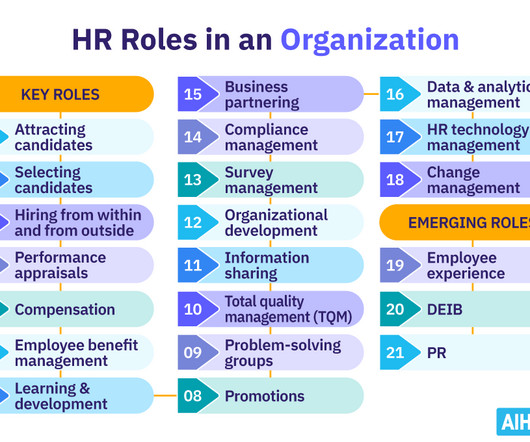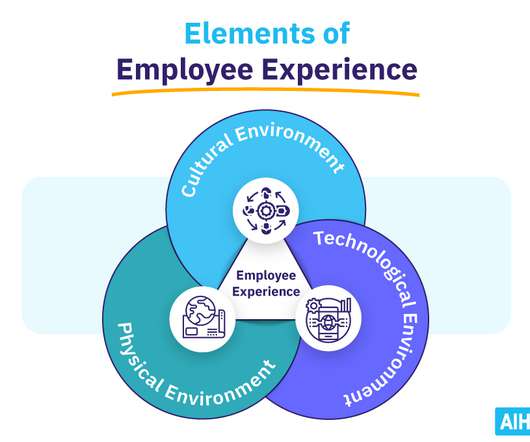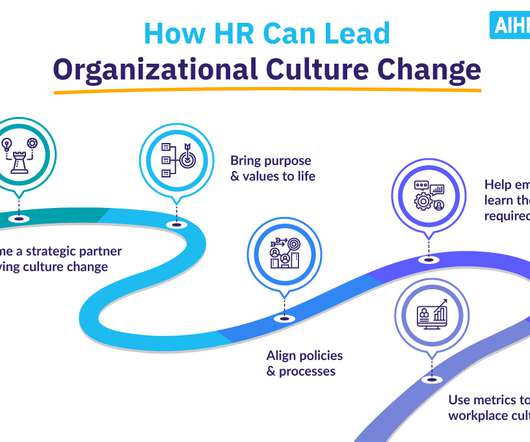Rewarding Ambition: Determining Compensation Within Your OKR Process
15Five
OCTOBER 16, 2018
One of the most common questions we get asked as leadership team coaches is how Objectives and Key Results (OKRs) should be used to determine salary, compensation, or bonuses. It is also the methodology where a coupling of OKRs to compensation can quickly become counter-productive, if not done right. Compensation and the OKR Process.












Let's personalize your content